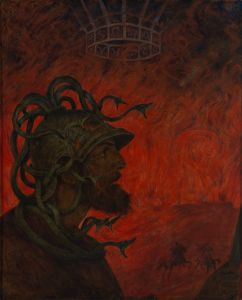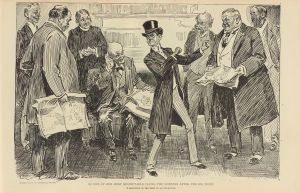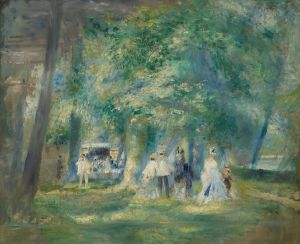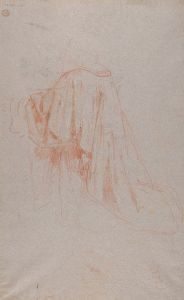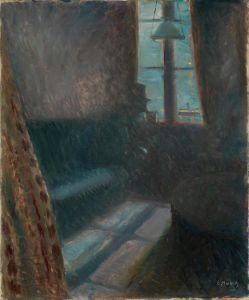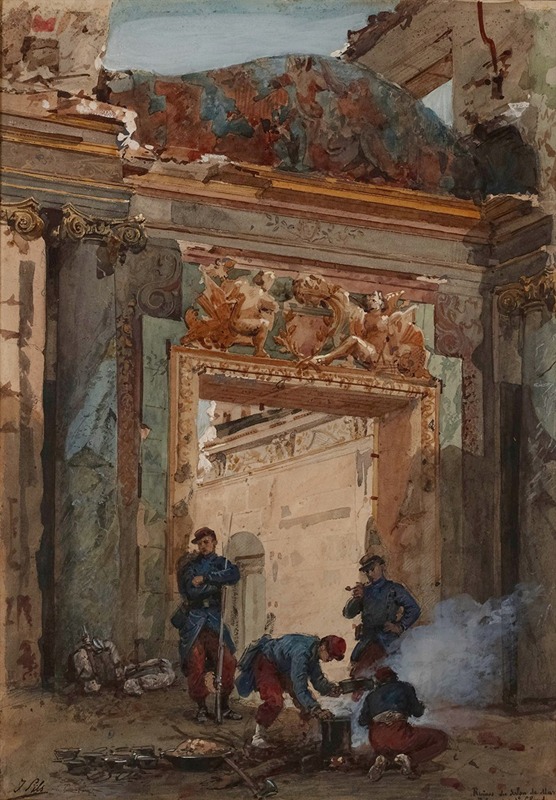
Ruines du salon de Mars au palais de Saint-Cloud en 1871.
A hand-painted replica of Isidore Pils’s masterpiece Ruines du salon de Mars au palais de Saint-Cloud en 1871., meticulously crafted by professional artists to capture the true essence of the original. Each piece is created with museum-quality canvas and rare mineral pigments, carefully painted by experienced artists with delicate brushstrokes and rich, layered colors to perfectly recreate the texture of the original artwork. Unlike machine-printed reproductions, this hand-painted version brings the painting to life, infused with the artist’s emotions and skill in every stroke. Whether for personal collection or home decoration, it instantly elevates the artistic atmosphere of any space.
"Ruines du salon de Mars au palais de Saint-Cloud en 1871" is a painting by the French artist Isidore Pils. This artwork captures the aftermath of the Franco-Prussian War, specifically focusing on the destruction of the Salon de Mars in the Saint-Cloud Palace. The painting is a poignant representation of the devastation that occurred during this period, particularly highlighting the impact of the conflict on French cultural heritage.
Isidore Pils, born on July 19, 1813, in Paris, was a notable French painter known for his historical and religious scenes. He studied at the École des Beaux-Arts in Paris under François-Édouard Picot and won the prestigious Prix de Rome in 1838. Pils' works often reflect significant historical events and are characterized by their detailed and realistic portrayal of subjects.
The Saint-Cloud Palace, located near Paris, was a royal residence that played a significant role in French history. Originally built in the 16th century, it was expanded and renovated over the years, becoming a favorite residence of several French monarchs, including Napoleon Bonaparte. The palace was known for its opulent interiors and beautiful gardens.
During the Franco-Prussian War (1870-1871), the palace was occupied by Prussian forces. In October 1870, it was heavily bombarded by French artillery in an attempt to dislodge the Prussian troops. The bombardment resulted in a massive fire that caused extensive damage to the palace, leaving it in ruins. The Salon de Mars, one of the grand rooms within the palace, was among the areas that suffered significant destruction.
Pils' painting, created in 1871, depicts the ruined state of the Salon de Mars with a high degree of realism. The artwork shows the charred remains of the once-grand room, with debris scattered across the floor and the remnants of the ornate decorations barely recognizable. The painting serves as a visual documentation of the destruction and a reminder of the cultural losses incurred during the war.
"Ruines du salon de Mars au palais de Saint-Cloud en 1871" is not only a historical record but also an emotional commentary on the ravages of war. Pils' attention to detail and his ability to convey the somber mood of the scene make this painting a significant piece in the context of 19th-century French art. It reflects the broader impact of the Franco-Prussian War on France, both in terms of human suffering and the loss of cultural heritage.
Today, Isidore Pils' works, including this painting, are appreciated for their historical significance and artistic merit. They offer valuable insights into the events of the time and the ways in which artists responded to and documented these events through their work.






